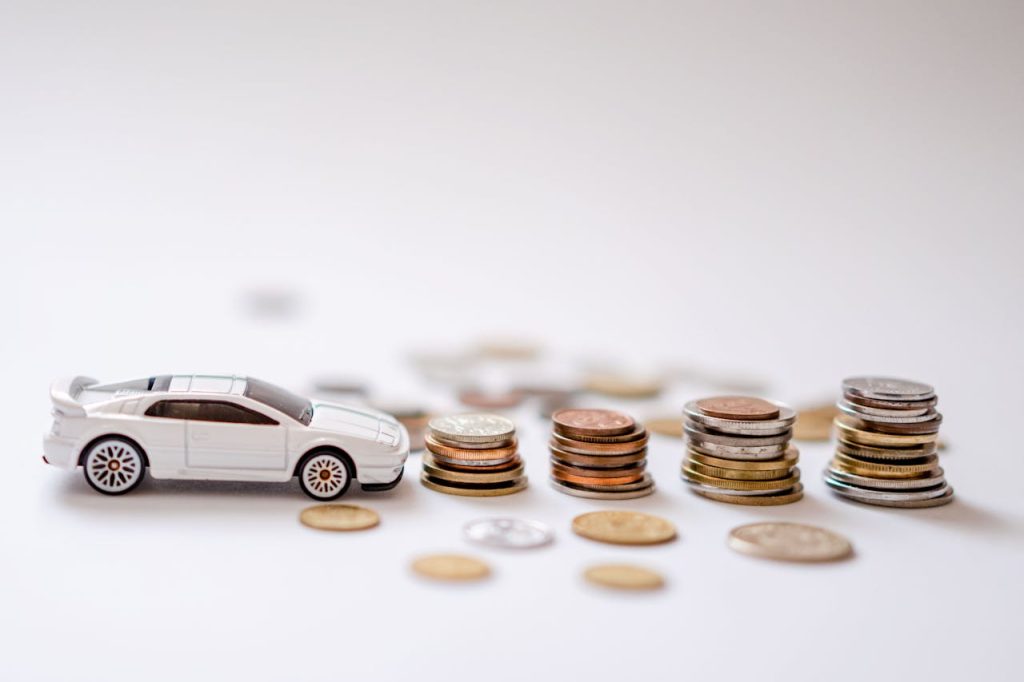The American love affair with cars is a significant driver of personal debt. As of the second quarter of 2024, the Federal Reserve Bank reported a total household debt of $17.8 trillion in the United States, with auto loan debt accounting for $1.63 trillion of figure. The total dollar value of auto loans exceeds household credit card debt by $490 billion and represents approximately 9.2 percent of total household debt in the United States.
For the collections industry, that figure represents a substantial quantity of potential business. Successfully exploiting that line of business, and converting it from a potential to an actual source of revenue, is the challenge facing collections professionals. Social media data can be the difference-maker that helps maximize returns from your auto loans collection efforts—let’s explore why.
Headwinds for Buyers Translate to Delinquency
Car buyers over the past few years have faced significant challenges. The average price of a new vehicle topped $47,000 in 2023, up sharply from $36,820 in 2019. The average price of used cars rose precipitously as well, peaking at over $28,000 in 2022 before subsiding slightly to $25,328 in January of 2024.
To make matters worse from the consumer’s perspective, interest rates rose in conjunction with the spike in the cost of new and used vehicles. After hovering in the 4 to 5 percent range for several years, interest rates soared to nearly 8 percent in 2022 and 2023 and only began to ease slightly in early 2024.
Delinquencies on auto loans had dropped during the pandemic, as income supports cushioned COVID’s impact on consumers, but have now returned to pre-pandemic levels according to the Federal Reserve. Unsurprisingly, those delinquencies are largely driven by loans issued in 2022 and 2023, when both vehicle prices and interest rates were high. The net effect was monthly payments substantially higher than had been the norm over the preceding decades.

Consumers are Motivated to Pay Auto Loan Debt
In much of the country, a vehicle is an absolute necessity of life. But cars aren’t simply a means of getting from point A to B — consumers often have an emotional attachment to their vehicles. They may even perceive ownership of a specific brand or type of vehicle as a badge of identity, something that represents the person they are or aspire to be.
Collectively the sheer volume of auto debt, the relatively large dollar amounts involved, and consumers’ motivation to retain the use of their vehicle create a favorable environment for those collections professionals who are equipped to profit from it.
Leveraging Social Media to Facilitate Auto Loan Collections
Social media has a significant role to play in auto debt collections, as it does for collections generally. A high-quality social media intelligence tool such as Spokeo for Business can:
- Identify dated or inaccurate debtor information, and furnish more current data for your team’s use.
- Fill in the gaps when the available data are missing or incomplete.
- Provide an array of alternative communications channels to use in engaging with debtors, potentially including otherwise unknown physical and email addresses, phone numbers, or social media accounts.
- Establish probable connections between the debtor and associates, including friends and family.
While those examples apply to collections as a whole, consumers’ emotional ties to their vehicles make social media an especially rich vein of useful data for auto collections. Social media users’ posts and photos often include or revolve around their car. For appropriately-equipped collections professionals, this creates a number of potential scenarios for settling auto loan debt.
1. Use Social Media Accounts to Engage with Debtors
Much of the discussion around Regulation F centered around the limitations it imposed on traditional tools such as phone calls, and the guidance it provided regarding new communications options such as text messages. An under-appreciated aspect of the new rule was that it also opened up the option of using social platforms’ private/direct messaging as a debtor contact method.
Spokeo for Business excels in this, combing 120+ separate platforms for accounts that can be connected to the subject of your search.
2. Leverage Social Media for Skip Tracing
Many delinquent accounts are difficult to reach, either because the debtor’s information is dated, they’ve unintentionally neglected to provide updated contact information to their creditors, or because they’re deliberately stonewalling collections efforts.
In those cases, social accounts turned up by Spokeo’s powerful search tools can greatly simplify the skip-tracing process. Viewing public posts, photos, and check-ins from across the debtor’s accounts can reveal their current location; the identity of a friend, family member, or roommate they’re currently living with; landmarks that can indicate at least an approximate location, and more.
3. Draw on Social Media to Inform Your Collections Strategy
Making initial contact with a debtor is an important part of the collections process, but it’s only a preliminary step to the main goal of successfully negotiating payment. If your collections team can identify and browse debtors’ public social media posts, it’s possible to construct a reasonably clear sense of their personalities, interests, and psychology.
Collections agents armed with that kind of understanding can tweak their approach to suit the individual debtor, and improve the likelihood of setting an amicable, collegial tone by finding common ground.
4. Establish a Connection Between the Presumed Debtor and the Vehicle
While it’s relatively rare for auto-related debt to incorrectly be connected to the wrong consumer, it is not entirely unknown. This may be a simple error, or the result of identity theft and a deliberately fraudulent purchase (many creditors carry a surprising level of fraud on their books as bad debt). The flip side of that scenario is consumers who disclaim knowledge of a legitimate purchase and attempt to evade repayment by claiming it to be the result of identity theft or other fraud.
Regardless of the factors at play in an individual case, the powerful search tools provided by Spokeo for Business can connect the individual to the full spectrum of their social media platforms. Diligently reviewing public posts on those accounts can reveal mentions of the vehicle in question, photos of the vehicle, and sometimes photos containing both the vehicle and the debtor. In each case, this provides the information necessary to explicitly connect the debtor, the vehicle, and the delinquent account.

5. Facilitate a Repossession Through Social Media
Writing in the Chicago Tribune before the COVID pandemic, industry veteran Steven Lang described repossession as a money-losing proposition for creditors, typically yielding just 30 cents on the dollar. While Lang is correct in arguing that settling the debt directly is preferable to a repossession, doing so may still make sense for creditors.
For those accounts that show little promise of settling, or that appear to be deliberately stonewalling collections efforts, recovering even 30 percent of the debt through a repossession is a positive. The overall rise in the price and retained value of used cars can work in the creditor’s favor, as well: even at wholesale auction, quality vehicles remain scarce and highly sought-after, and may yield a better return than the historic 30 percent previously cited.
Here again, consumers’ emotional attachment to their vehicles — and the corresponding likelihood of posts and photos involving the car — plays in the collections professional’s favor. Once you have identified a given debtor’s social accounts, those posts and photos can be used to establish the vehicle’s general location and sometimes (when paired with other tools such as Google’s Street View imagery) a specific location. The best-case scenario is a social media check-in from a specific location, which can be acted upon in real-time to dispatch a repossession team and recover the vehicle.
Revving Up Auto Collections with Social Media
The greatest challenge in using social media for collections purposes is the very thing that makes it useful: the sheer volume of posts and photos, and the number of platforms hosting them. Finding those online personae and connecting them to a specific debtor, would be challenging at best and impossible at worst if the searches were performed manually, one platform at a time.
Spokeo for Business makes that kind of search not only possible, but also fast, seamless, and intuitive. If your agency currently enjoys a solid line of auto loan collections or wishes to carve out a presence within that niche, Spokeo’s powerful search tools can help make your collections faster and more cost-effective.
To learn more about Spokeo for Business, reach out to our team through the contact information on our Skip Tracing and Collections page. They’ll be happy to answer your questions, arrange a demonstration, or set up a no-cost trial of the product.
Sources
US Federal Reserve Bank of New York: Household Debt and Credit Report, Q2 2024
Statista: New Vehicle Average Selling Price In the United States from 2016 to 2023
Kelley Blue Book: Average Used Car Price Down 4% Since Last Year
Board of Governors of the Federal Reserve System: Rising Auto Loan Delinquencies and High Monthly Payments
VettaFi Advisor Perspectives: Multiple Jobholders Account for 5.3% of All Employed
The Chicago Tribune: Auto Repo: How to Avoid a Losing Situation
